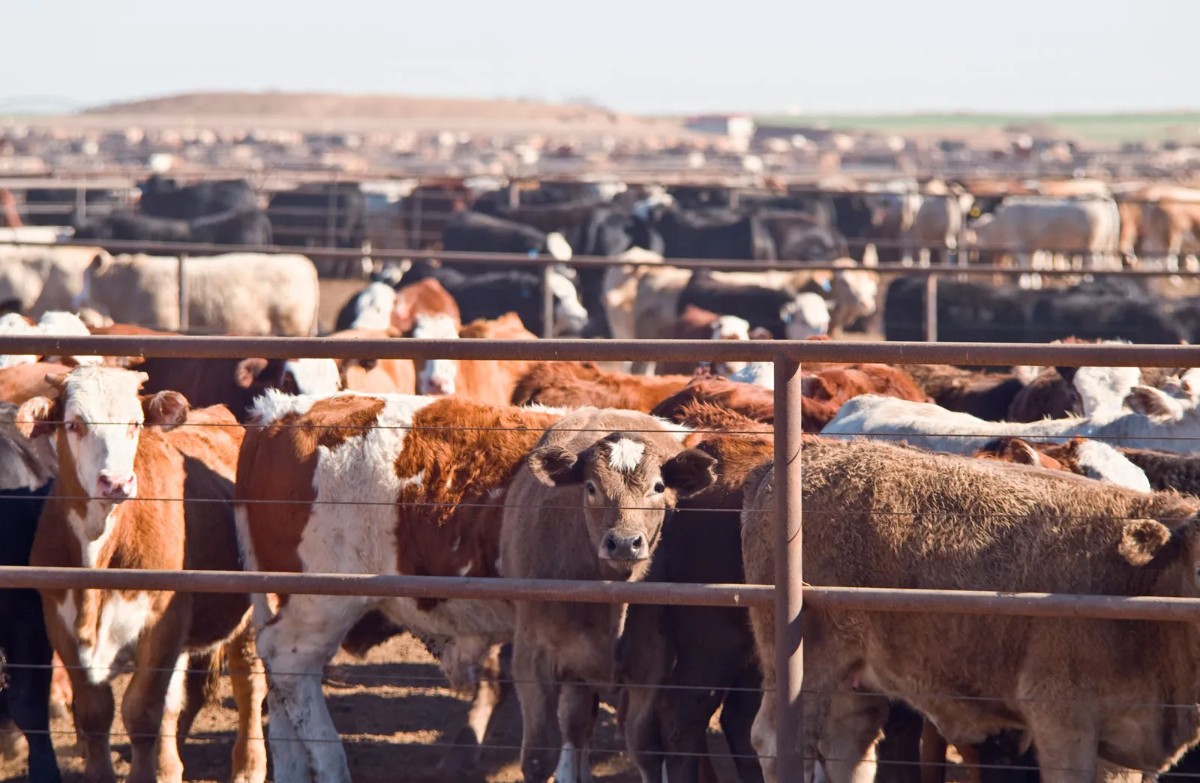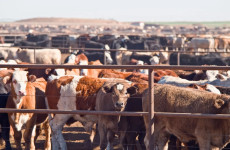- RVF can also affect human beings; with the first case being reported in early 2024, when a farmer in Marsabit was diagnosed with it
- The disease shares common traits with that of malaria or typhoid, yellow fever hence high chances of misdiagnosis.
Rift Valley Fever (RVF) is a viral zoonosis that primarily affects animals but can also infect humans. Mild symptoms may include fever, muscle pains, and headaches, typically lasting up to a week.
Severe symptoms, however, may include loss of sight beginning three weeks after infection, brain inflammation leading to intense headaches and confusion, and bleeding accompanied by liver complications often emerging within the first few days.
The virus was first identified in 1931 during a sheep epidemic in Kenya’s Rift Valley. Since then, outbreaks have been reported across sub-Saharan Africa and even beyond the continent, in places like Saudi Arabia.
Though the disease may seem uncommon, its consequences are far from negligible. During the 2006–2007 East Africa outbreak, over 1,000 people were infected and more than 300 lives were lost.
RVF shares clinical traits with malaria, typhoid, and yellow fever raising the risk of misdiagnosis. According to the World Health Organization (WHO), the disease spreads among domestic animals primarily through various mosquito species.
Read More
In humans, transmission occurs when individuals come into direct or indirect contact with the blood or organs of infected animals.
RVF is especially dangerous for expectant mothers. A study involving 130 women in Sudan found that those infected were 4.5 times more likely to suffer miscarriage compared to those uninfected.
The World Organization for Animal Health (WOAH) notes that RVF symptoms in animals vary in severity, often causing anorexia, abortions, and high morbidity and mortality rates among newborns.
On November 4, 2025, Mary Muthoni, Principal Secretary for Public and Professional Standards, unveiled a new RVF Contingency Plan alongside Brucellosis Testing Guidelines.
The initiative focuses on standardizing diagnostic protocols, enhancing laboratory precision, and establishing county-level inspection systems. By equipping facilities with high-quality testing tools, the plan aims to reduce misdiagnosis and improve early detection.
This strategic move by the Ministry of Health promises to protect communities reliant on cattle farming and herding—shielding them from the devastating losses of past outbreaks and safeguarding human lives. As the saying goes, “Prevention is better than cure.”
Still, the Ministry must go further. It should lead awareness campaigns targeting the most affected regions and extend outreach across Kenya. Only then will this plan reach its full potential.



-1762326175-md.jpg)





-1762326175-sm.jpg)


